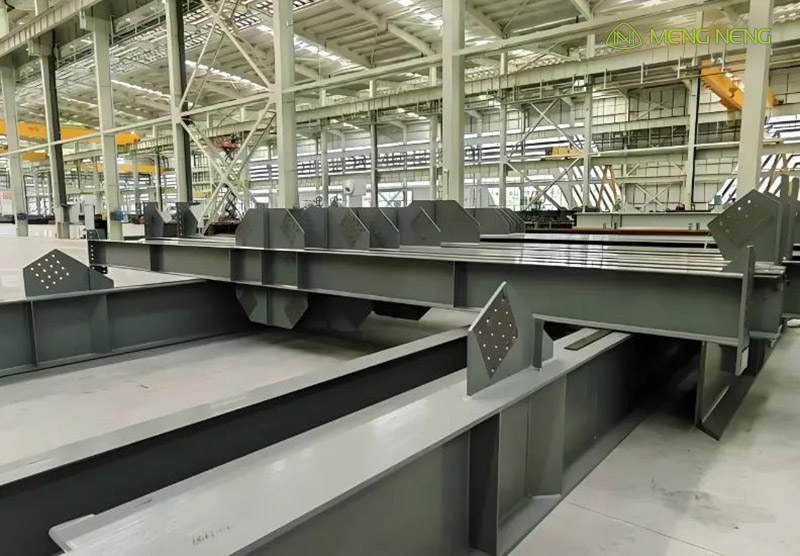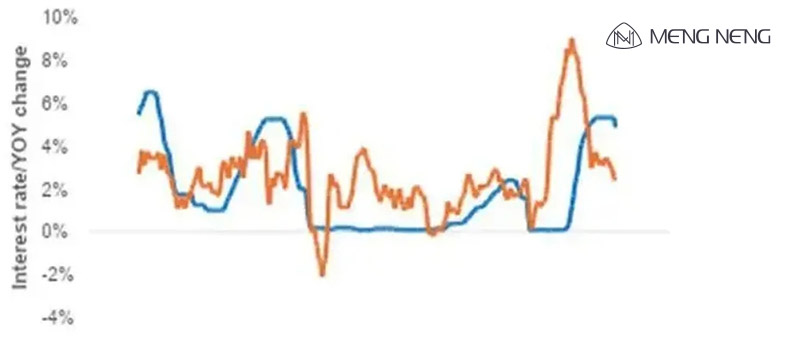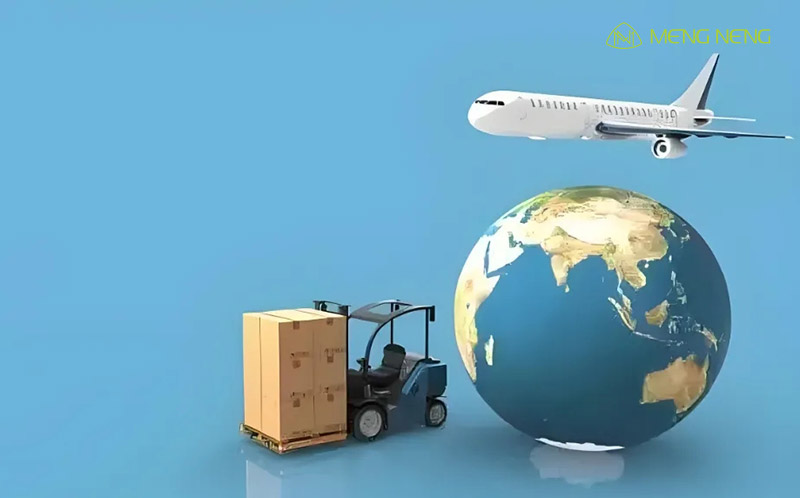Intense internal competition in the steel structure sector in overseas markets?
1. Challenges and Opportunities Facing the Steel Structure Industry
This year, the overall economic environment and industry conditions are not optimistic. The social consumption index is gradually declining, and many enterprises are facing challenges such as reduced orders and tight cash flow. The steel structure industry has not been spared. Although the operating rate of the steel structure industry was relatively high during the pandemic, the Chinese market is now showing a trend of production cuts and declining orders.

The main challenges facing the steel structure industry include:
1. Declining demand in the Chinese market
2. Slowing growth in the construction and infrastructure sectors
3. Steel overproduction and inventory backlog
2. Challenges in the Chinese Steel Structure Industry
The difficulties in China's steel structure industry stem from several factors:
Real estate market regulation: The continued implementation of real estate policies has led to fewer new construction projects and weak growth in demand for steel structure products.
Slower infrastructure investment growth: The progress of large-scale infrastructure construction projects has slowed, limiting the growth in demand for steel structures.
Overcapacity issue: Overcapacity in the steel structure industry has led to an oversupply of products in the market and severe inventory backlogs.
3. Strategic Adjustment of Steel Structure Enterprises "Going Global"
Facing difficulties in the Chinese market, many steel structure companies have turned their focus to overseas markets. In regions such as Southeast Asia and the Middle East, countries along the Belt and Road have strong infrastructure construction demands. Steel structures, with their advantages of short construction cycles and reliable quality, meet the needs of these regions for rapid development.
"Going global" not only helps enterprises open up new sales channels and diversify market risks but also allows them to take advantage of government incentives to reduce "going global" costs, creating a favorable market environment for enterprises.

4. Opportunities and Challenges in Overseas Markets
Overseas markets provide Chinese steel structure companies with vast development opportunities, especially in the following areas:
Infrastructure construction demand: Regions such as Central Asia, Southeast Asia, and the Middle East have massive needs for railways, highways, bridges, and power stations.
Market potential in emerging economies: These countries are rapidly developing, with accelerated industrialization and urbanization driving continuous growth in demand for building structures.
However, despite the opportunities, steel structure companies also face challenges:
International competition pressure: Foreign companies may have higher technical and management standards than Chinese companies. Domestic enterprises need to improve their technical and management capabilities to enhance core competitiveness.
Uncertainty in export markets: International markets may face policy and market environment changes, requiring companies to deal with various complex external conditions.
To gain a foothold in the international market, steel structure companies need to take the following measures:
Improve technical standards: Adopt advanced international technologies to enhance R&D and innovation capabilities.
Optimize production management: Strengthen refined management of production processes, improve product quality and production efficiency, and reduce costs.
Strengthen brand building: Establish a strong brand image in international markets to enhance product influence.
Develop a global supply chain: Optimize resource allocation through global deployment to reduce production costs and improve competitiveness.
Overall, "going global" is not only an effective way to address challenges in the Chinese market but also a key strategy for achieving long-term development. By expanding into overseas markets, steel structure companies can access new growth opportunities, increase market share, enhance international competitiveness, and drive the entire industry toward globalization and sustainable development.
